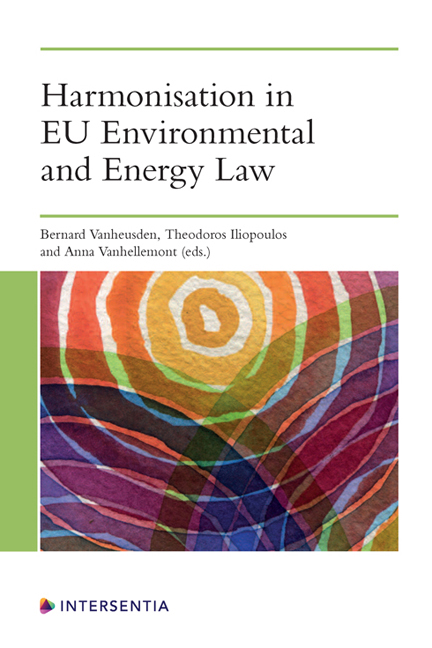Blind Spots in the Harmonisation for an H2-CCS Chain
Published online by Cambridge University Press: 26 May 2022
Summary
INTRODUCTION
The energy economy is changing fast. New policies and technologies have shifted and are shifting the way power is generated and distributed in Europe. The market structure is evolving, with changing roles for the existing stakeholders and new players. New business cases have emerged and are developing. Even more so, the progressing climate change demands rapid and unprecedented actions and adjustments on all levels of the economy and the energy economy in particular. The massive changes that can be observed and foreseen may easily overburden the legislators. Law lags behind when the legislative process does not keep up with the pace of transition or the legislator has blind spots in regard to a new situation, especially new technologies.
Law can be an enabler and a coordinator. It is the major tool to transmit policy choices and to shape the economy. If law lags behind, governance is weakened. Within a legal blind spot, the legal impulses do not fit the actual needs. This is particularly relevant for the area of infrastructure and energy: this area is governed by a plethora of conflicting interests and intricate interactions among different levels of actors, which have to be coordinated and demand a strong regulatory framework. Additionally, lagging law can create frictions between the actual and the legal status quo, which can provoke unwanted distortions, lead to unnecessary costs and hinder further developments. The consequences of a law that does not keep up with actual developments go beyond mere legal problems.
EU law is particularly vulnerable to blind spots and lagging. It is fragmented and punctual by nature. The legislative process is rather lengthy and needs a broad support among different institutions. In actuality, it tends towards unanimity even more than required by the treaties. At the same time, EU harmonisation measures are specifically aimed at coordinating different interests and regimes and enabling new approaches to common challenges, especially in cross-border constellations. A lack of adequate regulation questions the purpose of EU harmonisation law itself.
This chapter discusses the EU law for H 2 -CCS chains – a set of technologies and business cases associated with ‘blue hydrogen’ – as an example of the problem of legal timeliness and blind spots in the time of climate change.
- Type
- Chapter
- Information
- Harmonisation in EU Environmental and Energy Law , pp. 255 - 272Publisher: IntersentiaPrint publication year: 2022

